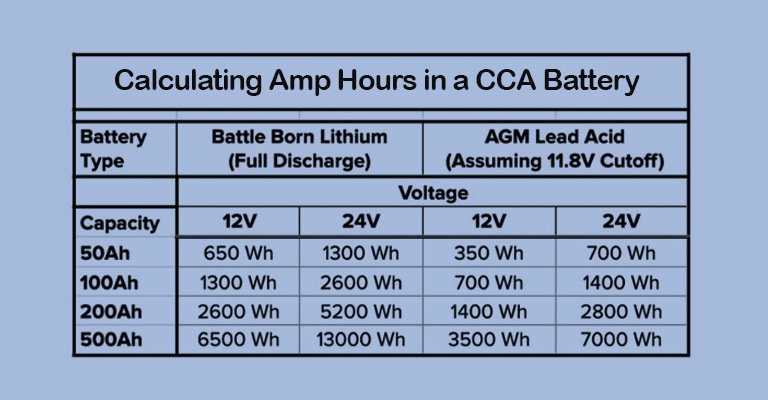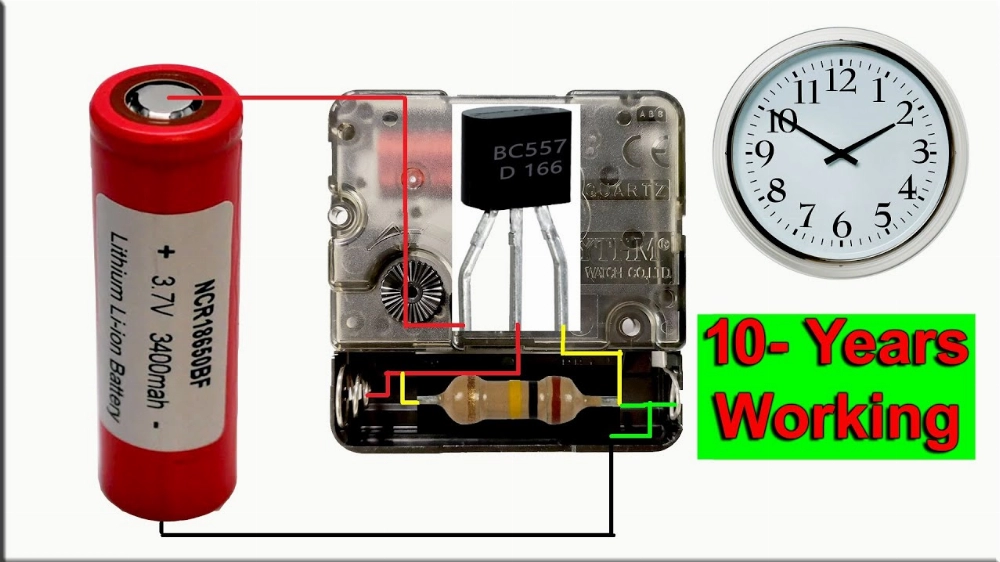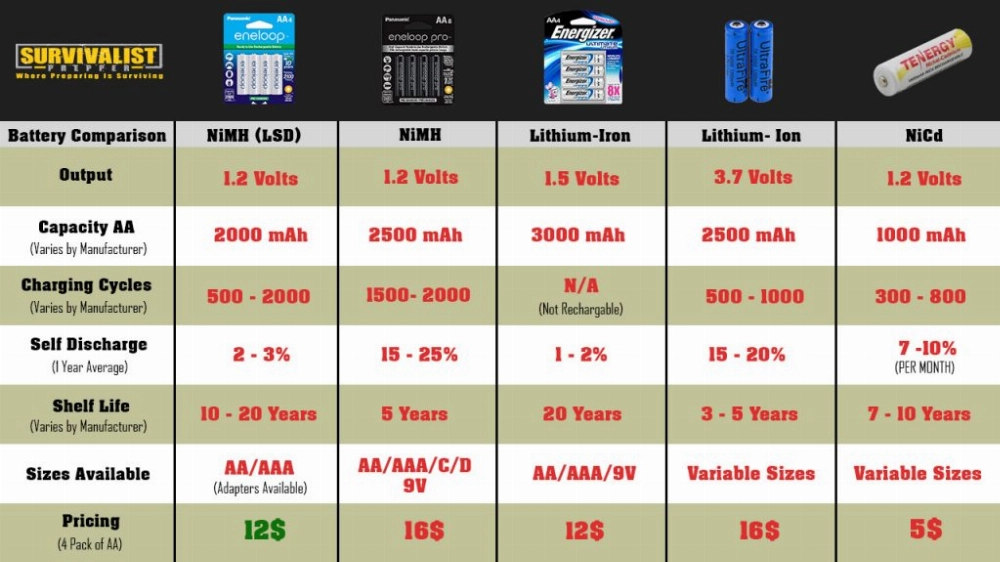Part 1: What is a Group 24 Battery?
Before diving into the specifics of a Group 24 battery, it’s important to understand what “battery group size” means. Battery group size is a standard defined by the Battery Council International (BCI), which relates to the physical dimensions (length, width, and height) of the battery. This ensures that the battery will fit properly into various battery trays.
Battery group size not only dictates physical dimensions but also reflects the battery’s capacity, power output, and suitability for different applications. This is particularly important in vehicles, boats, and off-grid systems where space and power needs are critical.
A Group 24 battery is a mid-size battery commonly used in various applications, from marine systems to backup power setups. The “Group 24” label comes from the standardized dimensions defined by BCI. These batteries offer a good balance between size and capacity, making them versatile and widely applicable.
Part 2: Types of Group 24 Batteries
There are various types of Group 24 batteries available, each offering unique advantages and features:
- Flooded Lead-Acid Batteries: The most common and affordable option, requiring regular maintenance. These batteries are prone to leaks and corrosion over time but are suitable for users who are budget-conscious and accept regular maintenance.
- AGM (Absorbent Glass Mat) Batteries: An upgrade from flooded lead-acid, AGM models are maintenance-free, offer better performance, faster charging, and lower self-discharge rates. However, they come at a higher price.
- Gel Batteries: Similar to AGM, gel batteries are known for their reliability and are well-suited for deep-cycle applications. They perform well in extreme temperatures but are generally more expensive than AGM batteries.
- Lithium-Ion (LiFePO4) Batteries: A premium option, offering longer lifespans, lighter weight, and higher efficiency. Group 24 lithium-ion batteries are ideal for users who prioritize performance, durability, and ease of use, but they come at a higher cost. To learn more about the benefits of lithium-ion batteries, refer to this Lithium Iron Phosphate Batteries Overview.
Part 3: Risks of Choosing the Wrong Battery Size
Choosing the wrong battery size can lead to several issues:
- Too Small: A battery that is too small may not provide sufficient power, leading to poor performance, short run times, or even prevent the vehicle from starting.
- Too Large: A battery that is too large may not fit properly in the battery tray, potentially causing mechanical issues. Additionally, it can lead to overcharging if the alternator isn’t designed for the larger battery capacity.
Part 4: Standard Dimensions of a Group 24 Battery
The standard dimensions for a Group 24 battery are typically:
- Length: 10.25 inches (260 mm)
- Width: 6.8125 inches (173 mm)
- Height: 8.875 inches (225 mm)
This standardized sizing ensures that Group 24 batteries can fit within standard battery trays in various vehicles or systems, such as boats, RVs, or industrial backup systems.
Always double-check your battery tray dimensions to ensure a proper fit, as slight variations can occur between manufacturers.
Part 5: Do Group 24 Battery Sizes Vary by Brand?
While Group 24 batteries are largely standardized, slight variations can occur between different brands. The core dimensions of a Group 24 battery—length: 10.25 inches, width: 6.8125 inches, and height: 8.875 inches—generally remain consistent across manufacturers.
However, brands may introduce minor adjustments due to factors such as case design, terminal placement, or internal components. Always consult the manufacturer’s specifications for precise measurements.
Are They Interchangeable?
Yes, the Group 24 size is standardized enough that most batteries of this type are interchangeable. However, it is always recommended to confirm the specific requirements of your application, especially when dealing with battery trays that have unique designs.
Part 6: Does Battery Type Affect Group 24 Size?
No, Group 24 battery sizes are generally consistent, although slight variations may occur depending on the battery chemistry.
- Flooded Lead-Acid (FLA): This is the most common and standard version of a Group 24 battery. Its dimensions typically conform to the typical Group 24 size.
- Absorbent Glass Mat (AGM): AGM batteries typically have dimensions similar to flooded lead-acid batteries, but their height might be slightly greater due to their construction, which uses an absorbed electrolyte system.
- Gel Cell: Gel batteries may also conform to Group 24 dimensions, but some versions may be larger due to their specific design and gelled electrolyte.
Part 7: What Size Battery Can Replace a Group 24 Battery?
When replacing a Group 24 battery, consider alternative battery sizes based on your specific requirements. The most common alternatives are:
- Group 27: Slightly larger than Group 24, offering higher capacity. It can replace a Group 24 battery if the battery compartment provides sufficient space.
- Group 22NF: A smaller option with less capacity, but suitable for applications with lower power requirements.
Before choosing an alternative, always ensure the new battery fits your battery compartment and meets your voltage and capacity requirements.
Part 8: How to Check the Dimensions of a Group 24 Battery?
To determine the dimensions of a Group 24 battery, you can:
- Consult the product datasheet or manufacturer’s website: This will provide you with the most accurate and detailed information about the battery’s physical dimensions and specifications.
- Check the battery label: Most batteries list their physical dimensions directly on the label, typically in units such as inches or millimeters.
- Contact the manufacturer or retailer: If you are unsure, contact the supplier or manufacturer for detailed specifications to ensure you select the correct battery.
Part 9: Key Factors to Consider Besides Size
When purchasing a Group 24 battery, it is important to consider factors beyond just its size. Pay attention to the following key parameters:
- Voltage: Most Group 24 batteries are 12V, but it is essential to confirm compatibility with your vehicle or equipment.
- Capacity (Ah or mAh): Amp-hour capacity indicates the amount of electrical energy the battery can store, determining its runtime.
- Cold Cranking Amps (CCA): This rating measures the battery’s ability to start an engine in cold temperatures.
- Reserve Capacity (RC): This indicates how long (in minutes) the battery can power the vehicle’s electrical system when the engine is not running.
- Terminal Type: Make sure the terminal type (top, side, or dual terminal) matches the vehicle.
- Battery Chemistry: Choose the appropriate chemistry (flooded, AGM, or gel) for optimal performance and reliability.
Part 10: How to Choose the Right Battery Size?
To determine the appropriate battery size for your vehicle or equipment, follow these steps:
- Check the owner’s manual: The manual usually lists the recommended battery size, voltage, and chemistry.
- Check the existing battery: If you are replacing a battery, check the markings on the current battery to understand its size and specifications.
- Consider your power needs: Larger batteries might be necessary for high-power applications in recreational vehicles (RVs), boats, or other large vehicles.
If you are unsure, consult a professional retailer or technician for advice on choosing the correct battery size based on your specific needs.
Part 11: Are Group 24 Lithium Batteries the Best Choice?
Among all types of Group 24 batteries, lithium-ion batteries, especially those using LiFePO4 technology, are the best choice for meeting modern power needs. While the initial investment is higher, the long-term benefits often justify it.
- Longer Lifespan: Lithium-ion batteries generally have a longer lifespan than traditional batteries, reducing the frequency of replacements.
Lithium Battery vs. Lead-Acid Battery
Lifespan:
Lithium-ion batteries can last up to ten times longer than lead-acid batteries, with some models offering as many as 5,000 charge cycles. This makes them more cost-effective in the long run.
Weight:
Lithium batteries are 50-60% lighter than lead-acid batteries, making them not only easier to transport but also simplifying installation.
Fast Charging:
Lithium batteries charge significantly faster than lead-acid batteries. This feature is particularly useful in off-grid environments like boats or RVs, where minimizing downtime is crucial.
Maintenance-Free:
Unlike flooded lead-acid batteries that require regular maintenance like watering and corrosion checks, lithium-ion batteries are virtually maintenance-free, saving you time and effort.
How Long Do Group 24 Batteries Last?
The lifespan of a Group 24 battery depends on the battery chemistry:
- Flooded Lead-Acid Batteries: Typically last 2-5 years with proper maintenance.
- AGM and Gel Batteries: These batteries offer better durability and can last 3-7 years.
- Lithium-Ion Batteries (LiFePO4): The longest-lasting option, with a lifespan of 10-15 years or more, depending on maintenance and usage.
Are Group 24 Deep Cycle Batteries Worth It?
Group 24 deep cycle batteries are designed for long, steady power delivery, making them ideal for applications like marine trolling motors, RVs, and off-grid solar systems. Unlike starting batteries that provide short bursts of energy, deep cycle batteries are designed to be discharged more deeply and frequently, providing long-term, reliable power.
Why Consider a Group 24 Deep Cycle Battery?
- Durability: Deep cycle batteries are designed to handle regular deep discharges, making them highly durable over time.
- Efficiency: They provide a consistent flow of energy over extended periods, making them perfect for applications that require steady power.
- Versatility: Whether you’re on a boat, in an RV, or using a home solar system, a Group 24 deep cycle battery can handle a variety of tasks with ease.
Related Articles:
Here are some related articles:
- A Guide to Safely Cleaning Leaking Battery Leads
A detailed guide on how to safely clean the leads of leaking batteries, focusing on risk management and proper techniques. - Portable Battery Charger vs. Power Bank: What’s the Difference?
Understand the differences between portable battery chargers and power banks, and how each device works to keep your devices powered on the go. - The Ultimate Guide to Using Lithium-Ion Jump Starters
A comprehensive guide to using lithium-ion jump starters, covering safety, maintenance, and why they are a smart investment for automotive emergencies. - What is a Portable Battery Charger?
Learn what a portable battery charger is, how it works, and the materials used to make these convenient devices. - How to Choose the Right Battery Pack for Your Needs: Capacity
Learn how to determine the right battery pack for your specific power needs, focusing on capacity and other key features.
Prioritizing Performance
Choosing the right battery pack is crucial for ensuring reliable performance. This guide from KHZH explores capacity, safety, and other key considerations to help you make informed decisions. For more information on battery capacity and performance, you can visit our Battery Energy Storage System: Key Components Explained to understand how these factors impact its performance.








